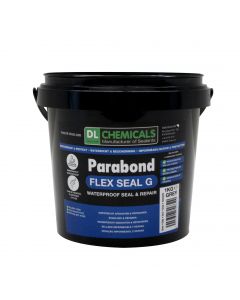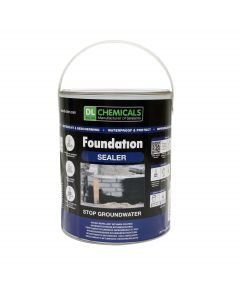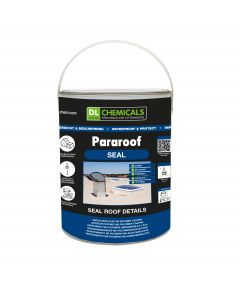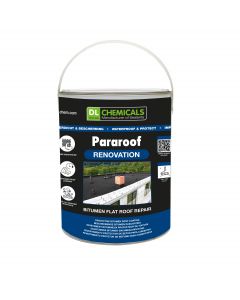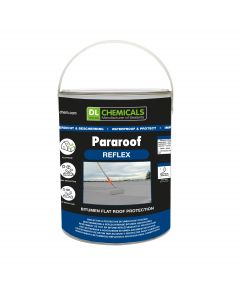How can I protect my building from groundwater?
The infiltration of groundwater into basements can occur due to negative pressure, or capillary forces can cause groundwater to result
in rising damp through the foundations. Both can lead to potential moisture problems.
The extent to which groundwater plays a role in the moisture issues of buildings depends on the following factors:
- Level of the temporary or permanent groundwater layer
- Circulation direction of the groundwater
- Water supply flow rate
- Nature and relief of the soil
- Nature and properties of the fill between the construction pit and the building
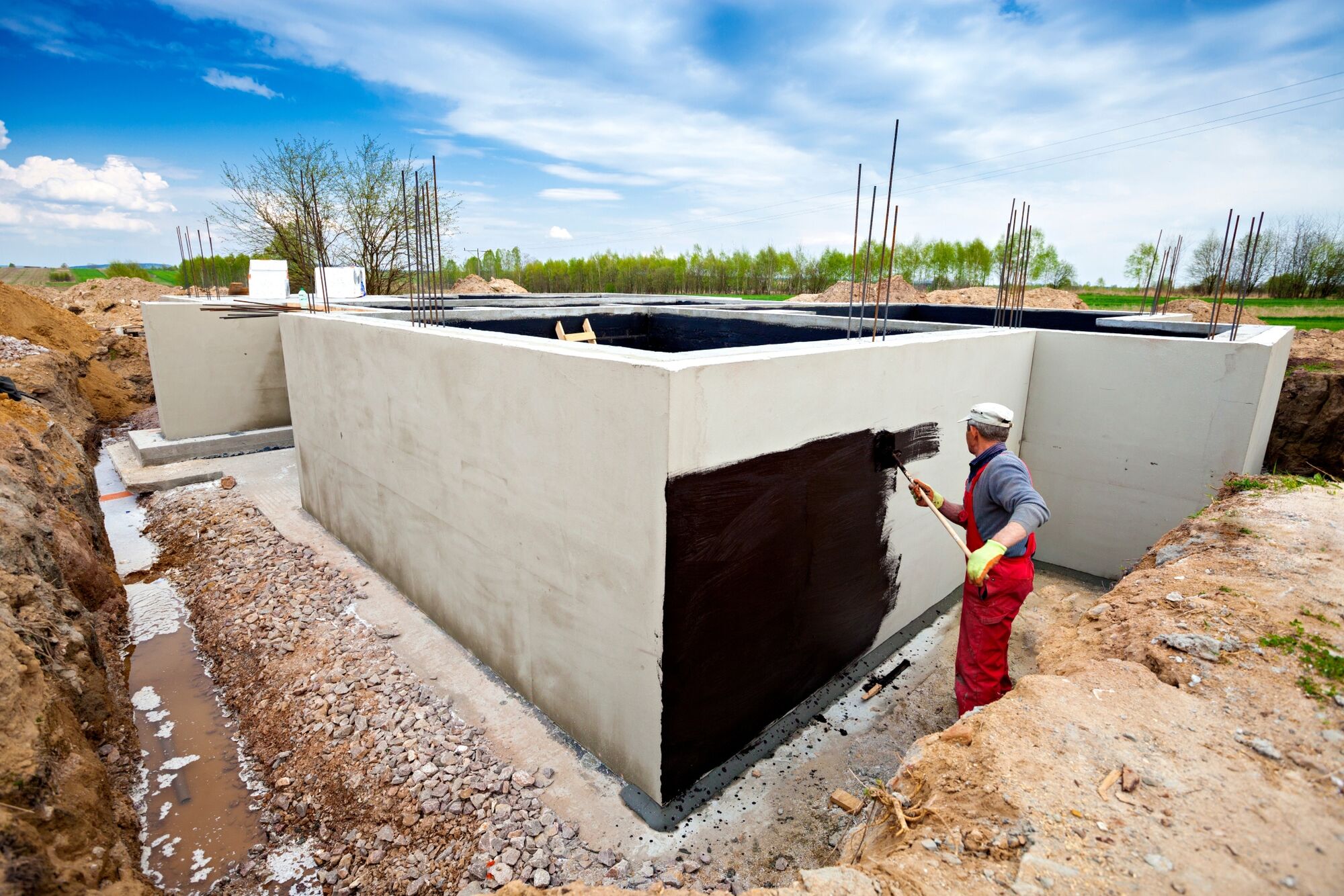

Depending on the conditions of the water load (from low to heavy load), various solutions are possible
- The application of an exterior plaster based on cement mortar.
- The installation of a drainage net and providing the exterior of the structure with waterproof cladding.
- Coving of the underground structure: this can be done with, among other things, a film-forming plaster based on resins or a flexible
waterproof exterior cladding based on bitumen.
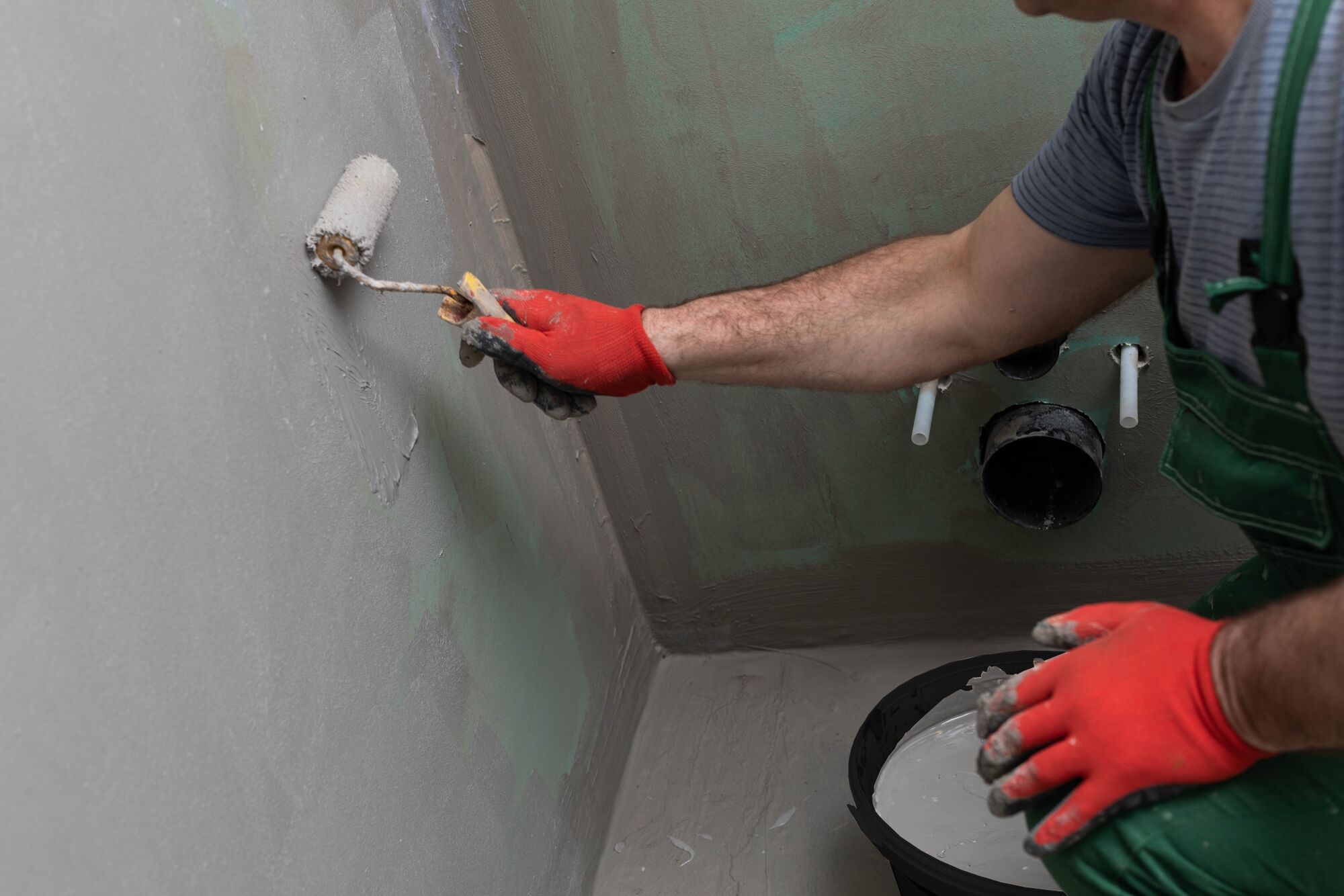

Procedure for applying Parabond Flex Seal F and G:
- Prepare the ground surface by making it level, clean, and free from dust. Remove any water, water film or raindrops.
- Stir Parabond Flex Seal F thoroughly in the bucket and apply it with a roller or brush in one or multiple layers. Drying time: 4 to 6 hours between the layers. Apply Parabond Flex Seal G with a putty knife on the surface and tool.
- Apply a layer of 2 mm, which provides: waterproofing, roof protection, and crack sealing.
- In the case of a fissure, joint, or raised edge, apply Geotextile in the first wet layer. Apply a second layer of Parabond Flex Seal on top of the first wet layer with the Geotextile until fully covered, and press firmly.
Be sure to also check the technical datasheets of these products on the product pages of this website. Also, take a look at the Foundation Sealer and Basement Sealer for specific applications.

